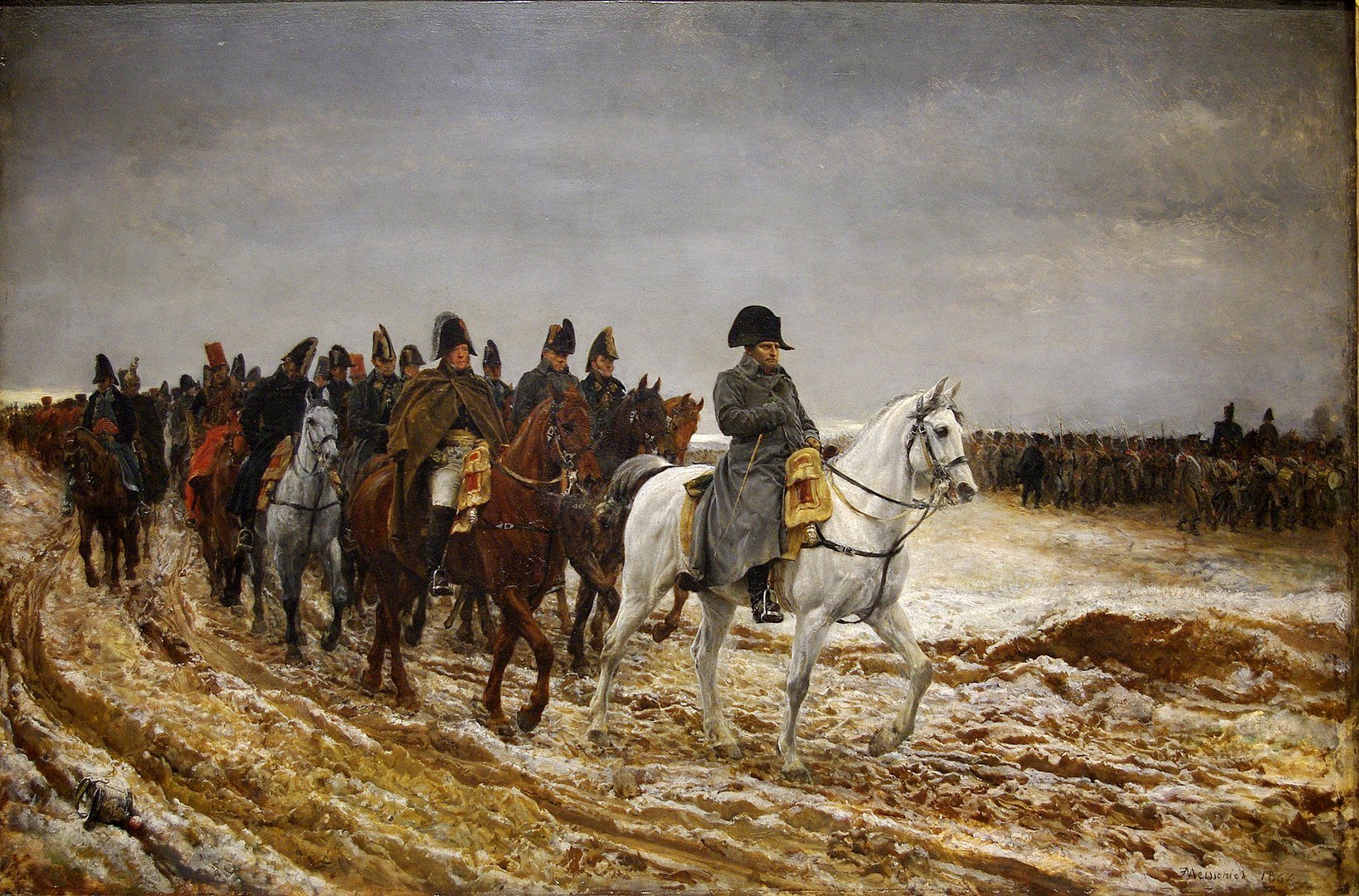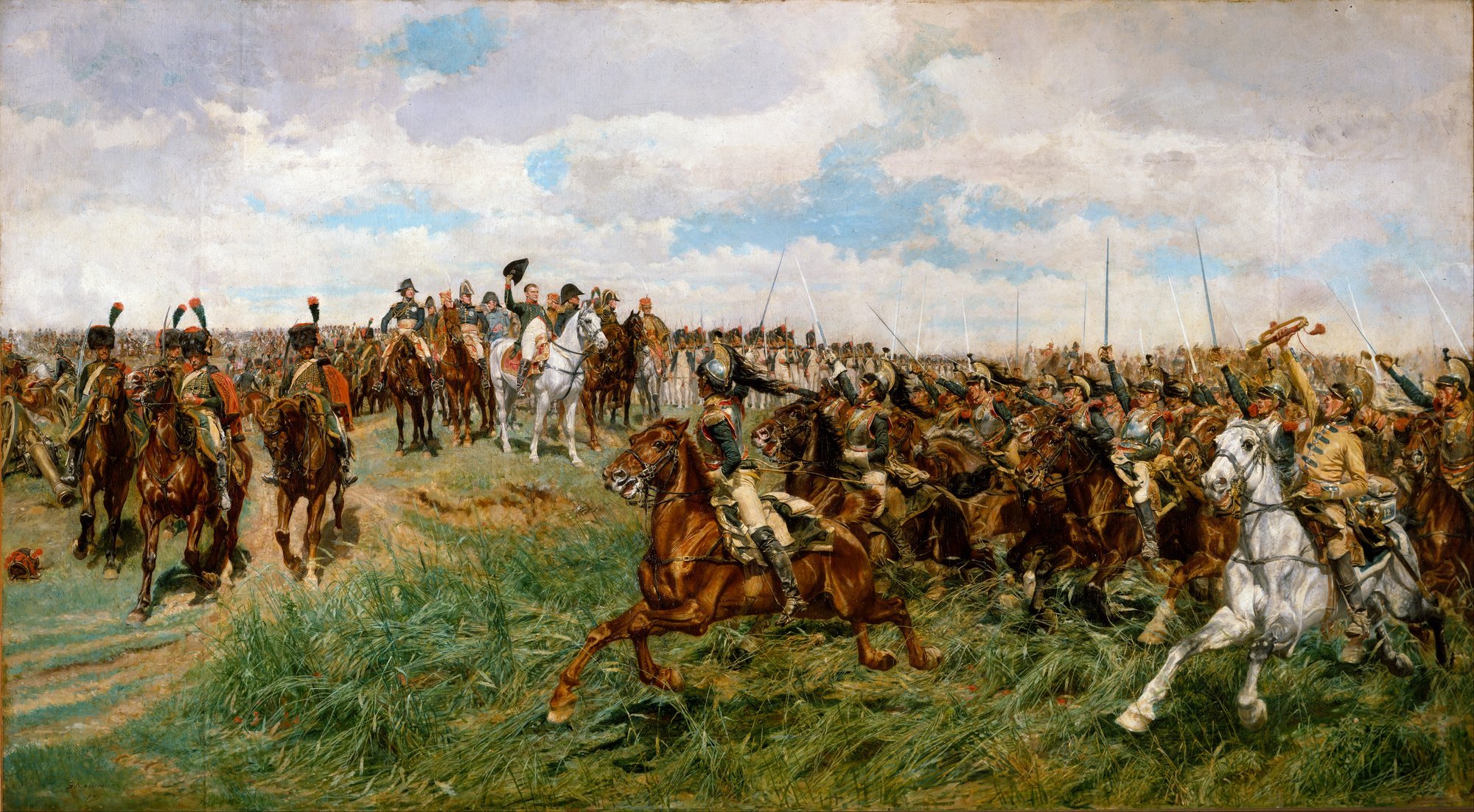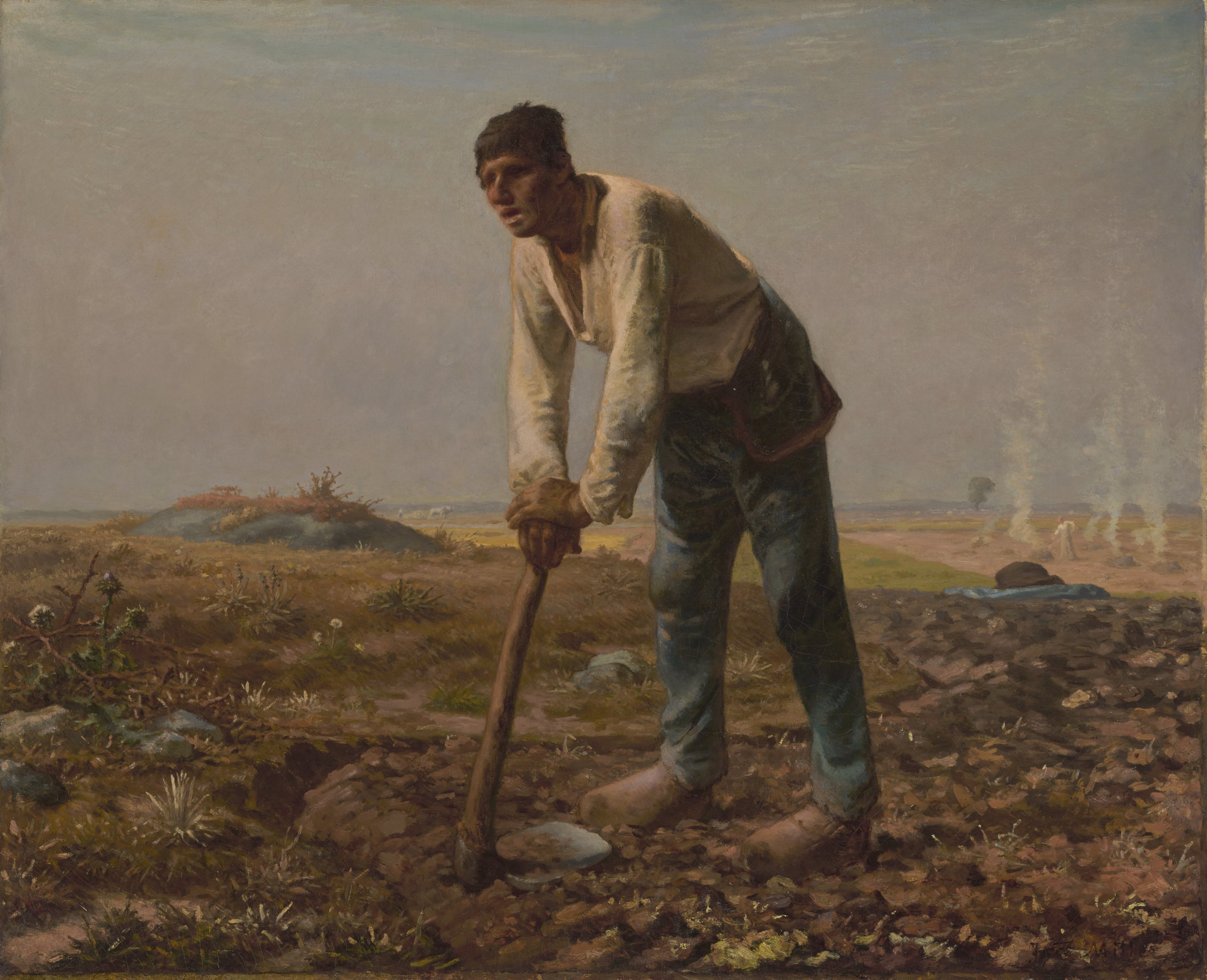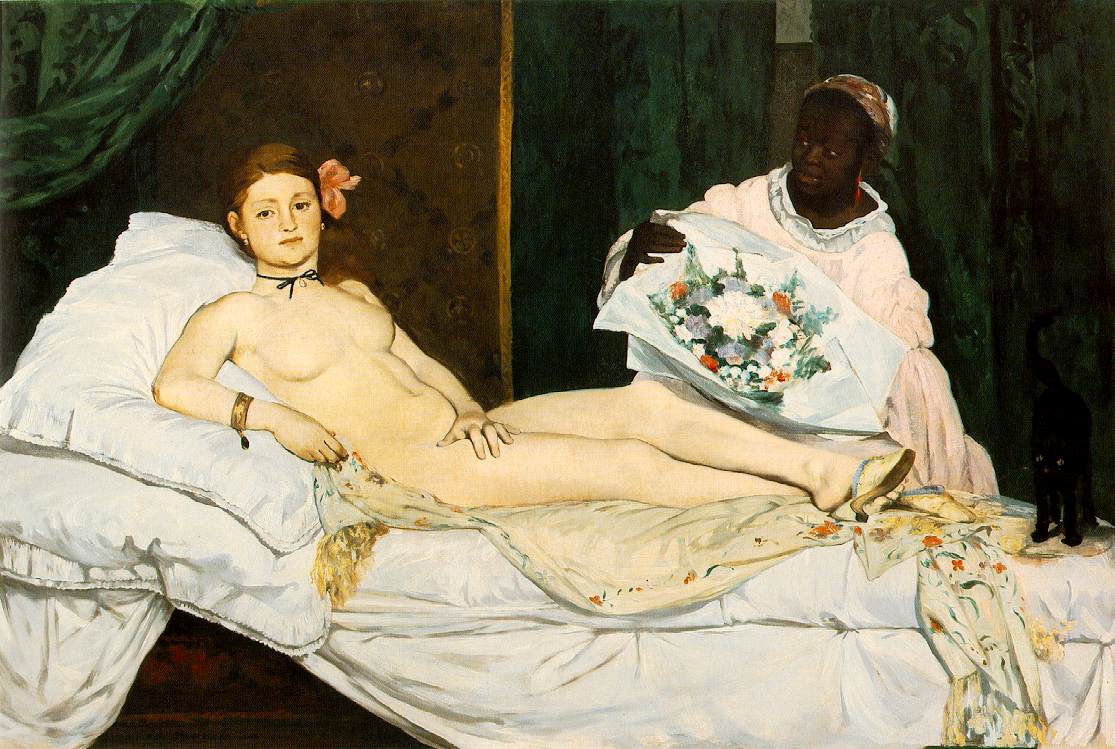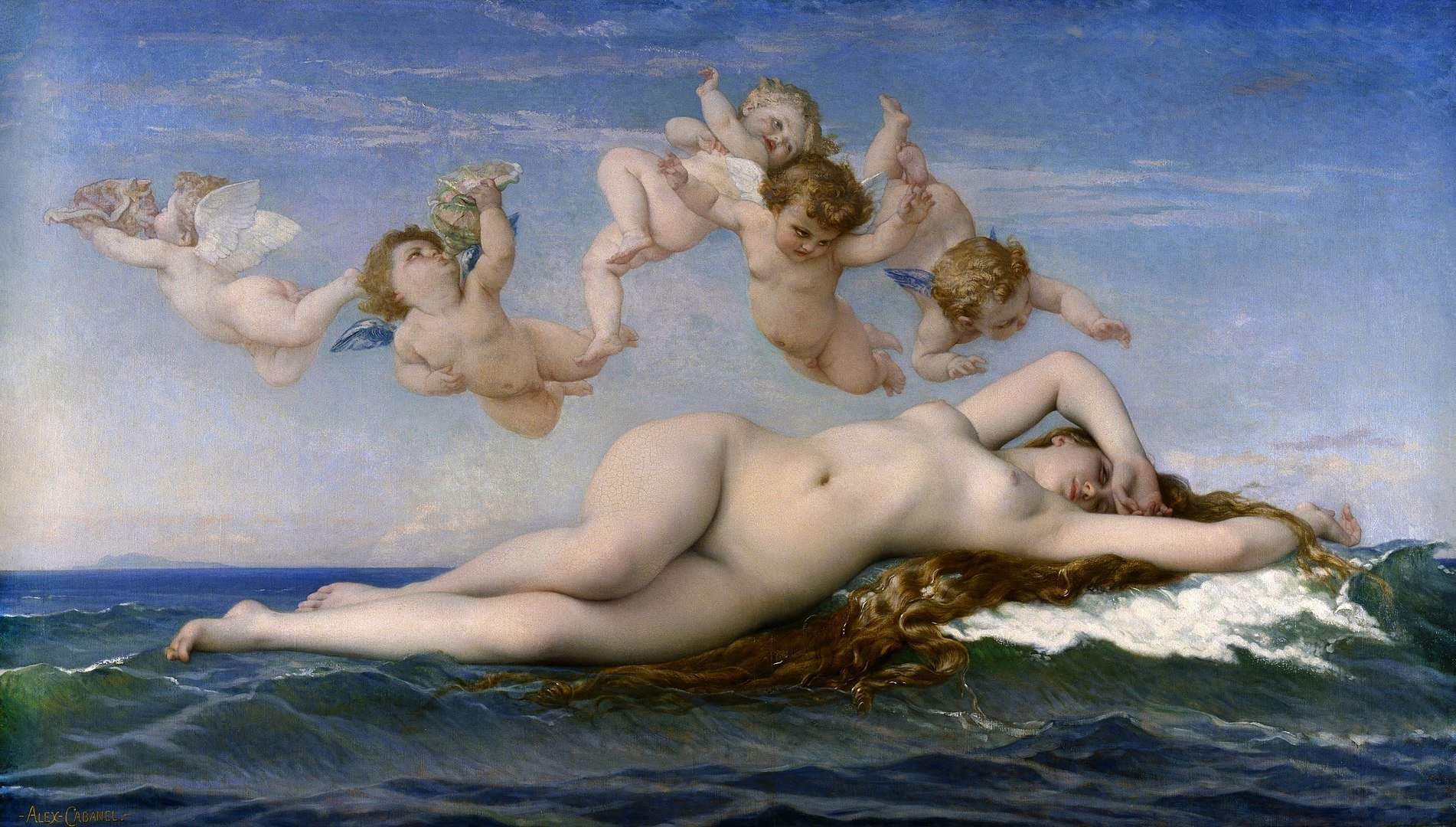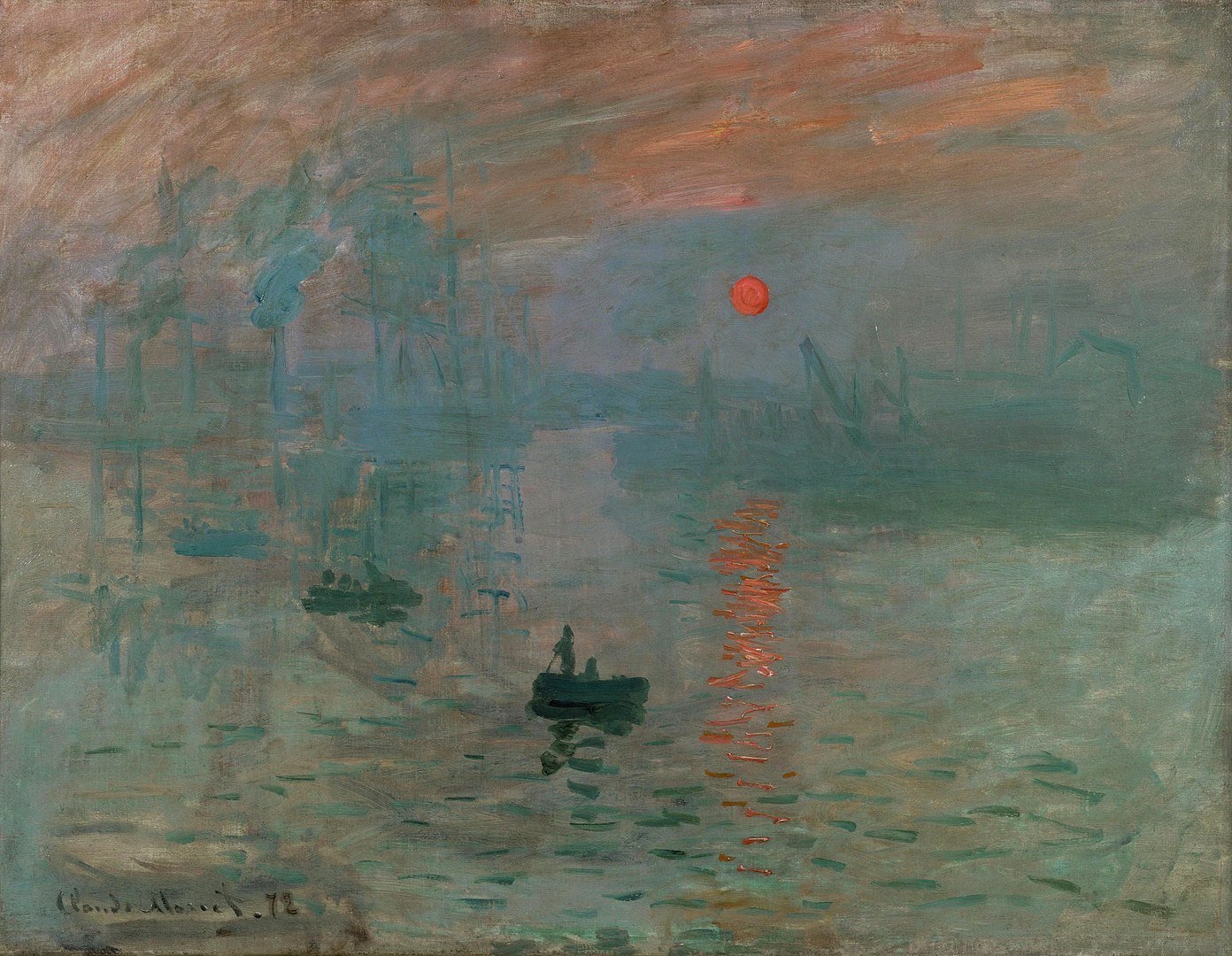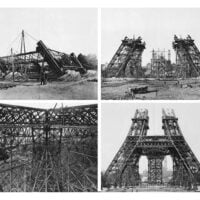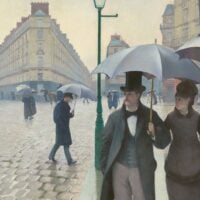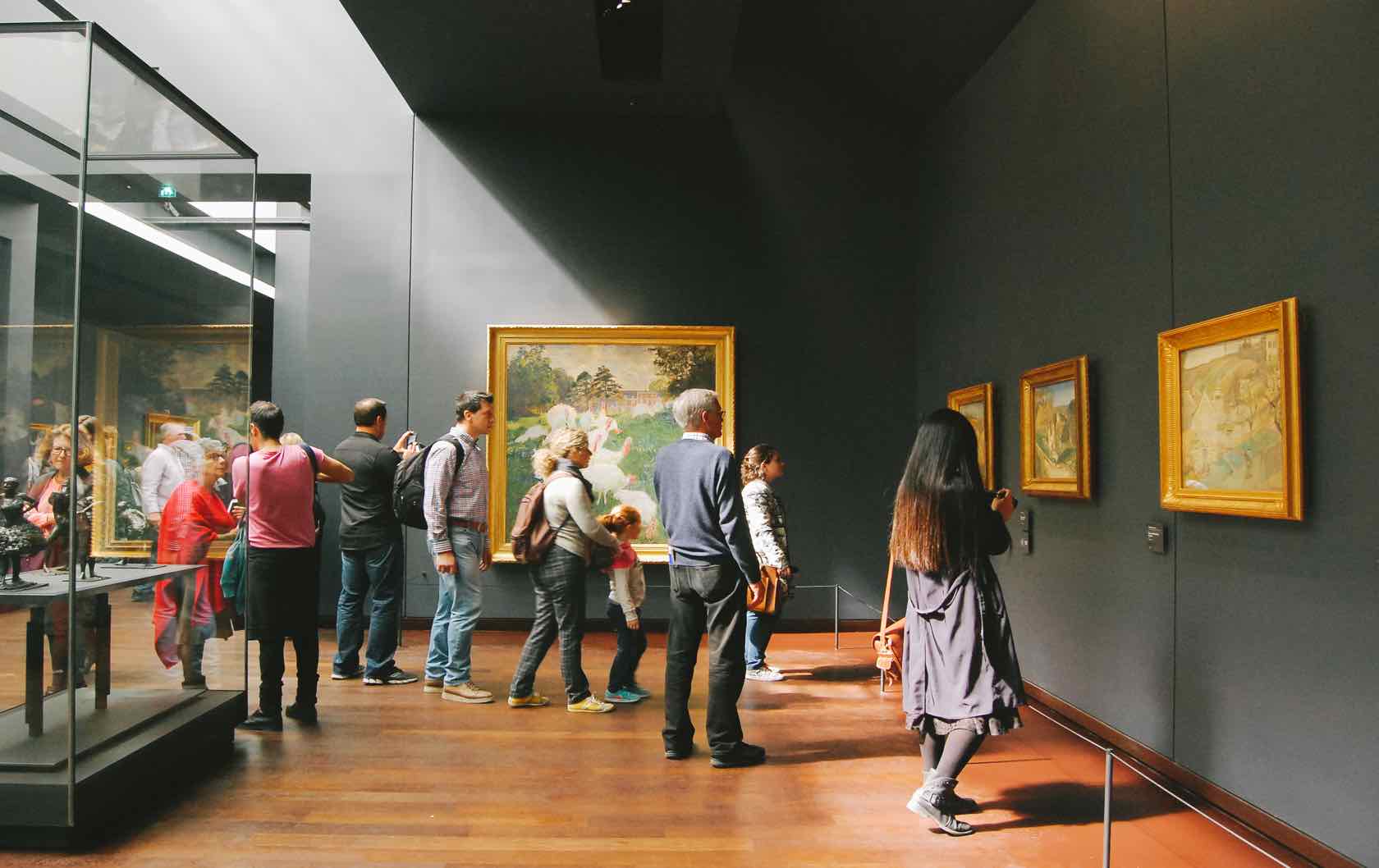
If you’re coming to Paris, or visiting any of the American museums that offer a collection French Impressionist paintings, you must read The Judgement of Paris by Ross King. It’s as good as an excellent mystery, and you’ll be spellbound as the incredible story of the birth of Impressionism in Paris unfolds.
The Judgement of Paris
The title is brilliant because it refers to two mythic events which changed the world. The book itself is about the judgment of paintings to be displayed at the bi-annual “Salon” in the 1860s and the birth of Impressionism.
The double entrendre is an event in Greek mythology from Homer’s Iliad where a golden apple must be presented to the most beautiful goddess in the world. Zeus orders the handsome, Trojan mortal, Paris, to judge world – either Athena, Hera or Aphrodite. With much, much difficulty and much temptation by the other two goddesses in the contest, Paris chooses Aphrodite, who has offered him the world’s most beautiful (mortal) woman. Hera was furious, and the result led to the Trojan War. In scale and outcome, the two events were equally significant.
The Salon selection committee was the most important in the art world, and for painters, it meant months of work to prepare their works for submission in early spring. The Salon was everything for them. Ross notes: “The Salon was a rare venue for artists to expose their wares to the public … One of the greatest spectacles in Europe, it was an even more popular attraction, in terms of the crowds it drew, than public executions.” The Salon lasted for only six weeks, but drew a million people! Artists would do anything to be displayed there, for having your painting(s) chosen meant future clients who would buy your works.

Credit: One of the most popular paintings at the Salon
The Turning Point: The Salon of 1863
The book’s story beings with the most famous painter in the world at the time, Ernest Meissonier. He was the darling of the art world, known for accurate, detailed paintings which achieved the highest prices in the art world (He’s unknown today). It’s a cautionary tale for all and reminds me of the great stories of investment manias – from tulip bulbs in the 1400s (Extraordinary Popular Delusions and the Madness of Crowds) that were worth a king’s ransom to real estate in Las Vegas in 2005.

Credit: Another popular painting at the Salon
Imagine the salon of 1863: over 2,000 paintings in a salon over 250 yards long. Everything was mixed together. The most popular paintings were by Jean Leon Jerome and touched all the points: Intricate, delicately eroci from ancient Rome and Greece. The ideals of the era were to stick with copying classical art and its stories. The painters who were admitted to the famous Salon stuck to that, and the biggest paintings of the era were in them. Painting ordinary people or outdoor scenes just wasn’t done.
Meissonier was brilliant at detail. In fact, he was so accurate in his paintings that this wealthy painter ordered white flour to be poured over his large garden so horses could walk through it, which would enable him to accurately paint their hooves in “snow.” Today, this painting can be seen in Musée d’Orsay.
I love this painting. Look at the dirty snow the horses are trotting on. Yes, this was replicated by Meissonier in the form of tons of flour across his château gardens, where he then trotted real horses across it.
And for the painting above, Meissonier built a railroad track and small wagon that could “run” across his gardens while horses galloped next to it! Not sure he got all the movement down correctly, but it wasn’t for lack of trying.
Things Started to Change
In another room of the Salon was a strange painting by Jean Francois Millet: Man with a Hoe. Not pretentious, just a rustic scene of working peasants. Many critics hated the painting, and the head of the selection committee called it “Democratic Art.” But that was in fact the revolution that became Impressionism.
I wont spoil the story, but then comes along a little-known artist called Eduard Manet, who failed to sell paintings for all of his life. Because the judges were devoted to the Italian Renaissance painters and classical scenes – from noble and religious themes – to exact styles.
It began when a young group of painters thought it would be interesting to paint outdoors, starting with Eduard Manet. The idea of natural painting was so unheard of that Manet and other artists copied the body movements and positions from paintings at the Louvre, but laid them outside. Manet was a painter in his 30s and fortunate to be supported by his mother. He was persistent and a constant failure.
The most famous salon was that of 1863. The new style Manet painted was actually outdoors and for ordinary people, similar to Millet’s Man with a Hoe. 1863 marks the year when most of the new style of painters – Courbet, Manet, Pissarro, Whistler, Jongkind – were rejected. After complaints, the Emperor allowed their paintings to be shown in another part of the Salon, and thus was named the famous “Salon of Rejects” or Salon des Refuses.
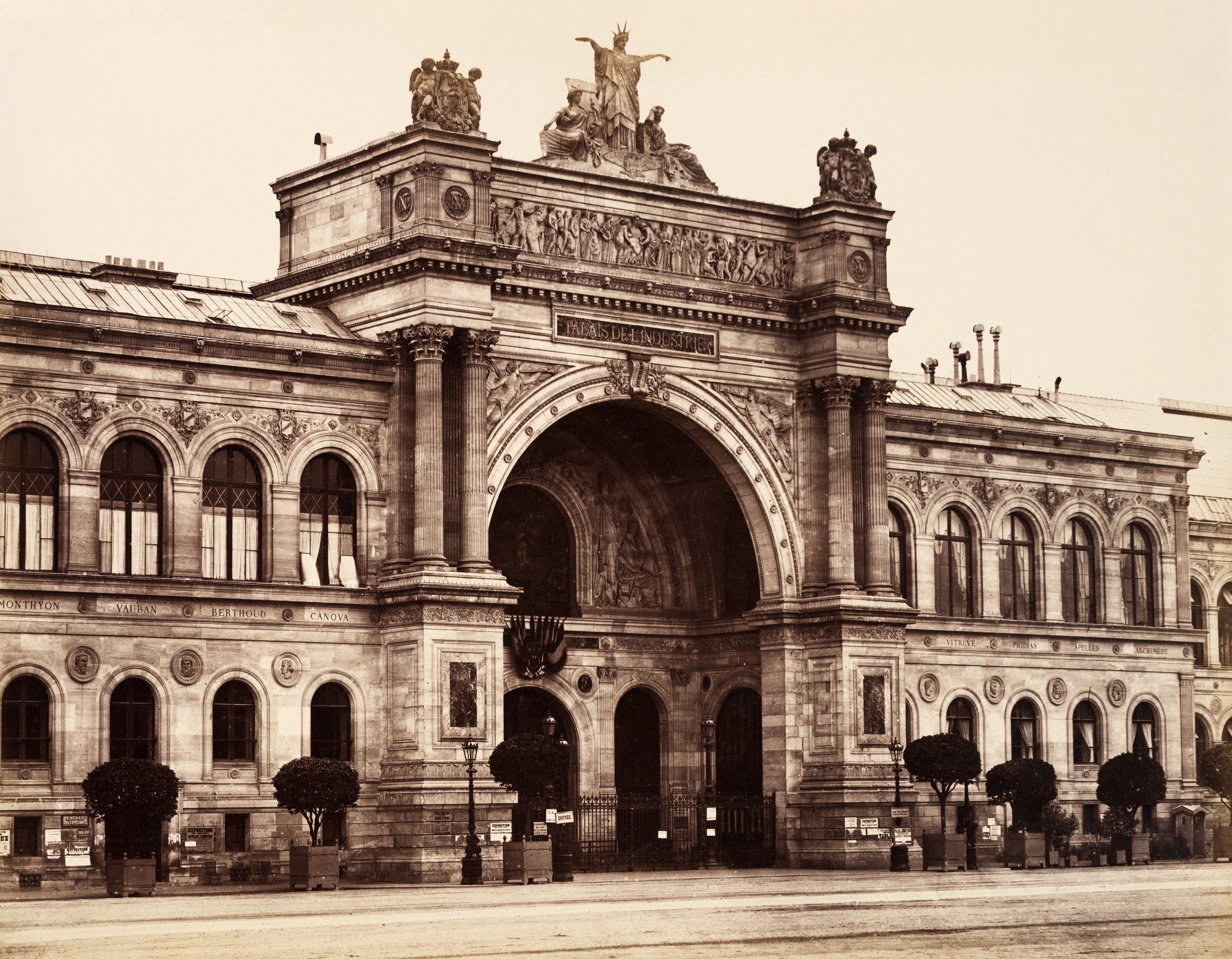
Credit: Salon des Refues
Manet is the opposing character and an unknown artist. Before, most artists relied on classic paintings in the Louvre to copy scenes and even movement. Manet strangely thought to paint people of that era, but in similar positions to classics. When one of his paintings was finally admitted to the Salon, he was humiliated by the reaction of the world. When he tried to stage his own salon with Impressionist friends, it too was a failure.
Dejeuner sur l’Herbe was accepted for the 1963 Salon. This painting so insulted the world that Manet was publicly ridiculed. It showed real people of the 1800s, dressed in clothes of that period … sitting outdoors on the grass. Horror! No mythic story, no religious story, but everyday life – almost. I’ve never quite latched onto why the young men with top hats would be sitting with nude young women… but Manet was testing his new ideas.
And this painting of Manet shocked the entire world! Yes, traditional painters showed nude women, but always in pretense to be doing something else. This was a naked woman in full.
Contrast Olympia above with the painting that sold for a fortune at the same time; completely lewd and erotic, but done with a classic theme! That was okay.
Interestingly, it was wealthy Americans who appreciated this new style of art. They bought many for a pittance and brought them home. That’s why you find many impressionist paintings in the United States.
MUSEUMS IN PARIS
If you’re coming to Paris, you must visit the Musée d’Orsay, as well as the Musée Marmottan Monet! The Orsay is world famous for its impressionist paintings, as well as classical paintings that have been forgotten!
The Musée Marmottan Monet is a jewel and has the world’s largest collection of Claude Monet’s paintings, including the painting which gave the name, Impressionists. If you read one book this month, The Judgment of Paris is my suggestion!
